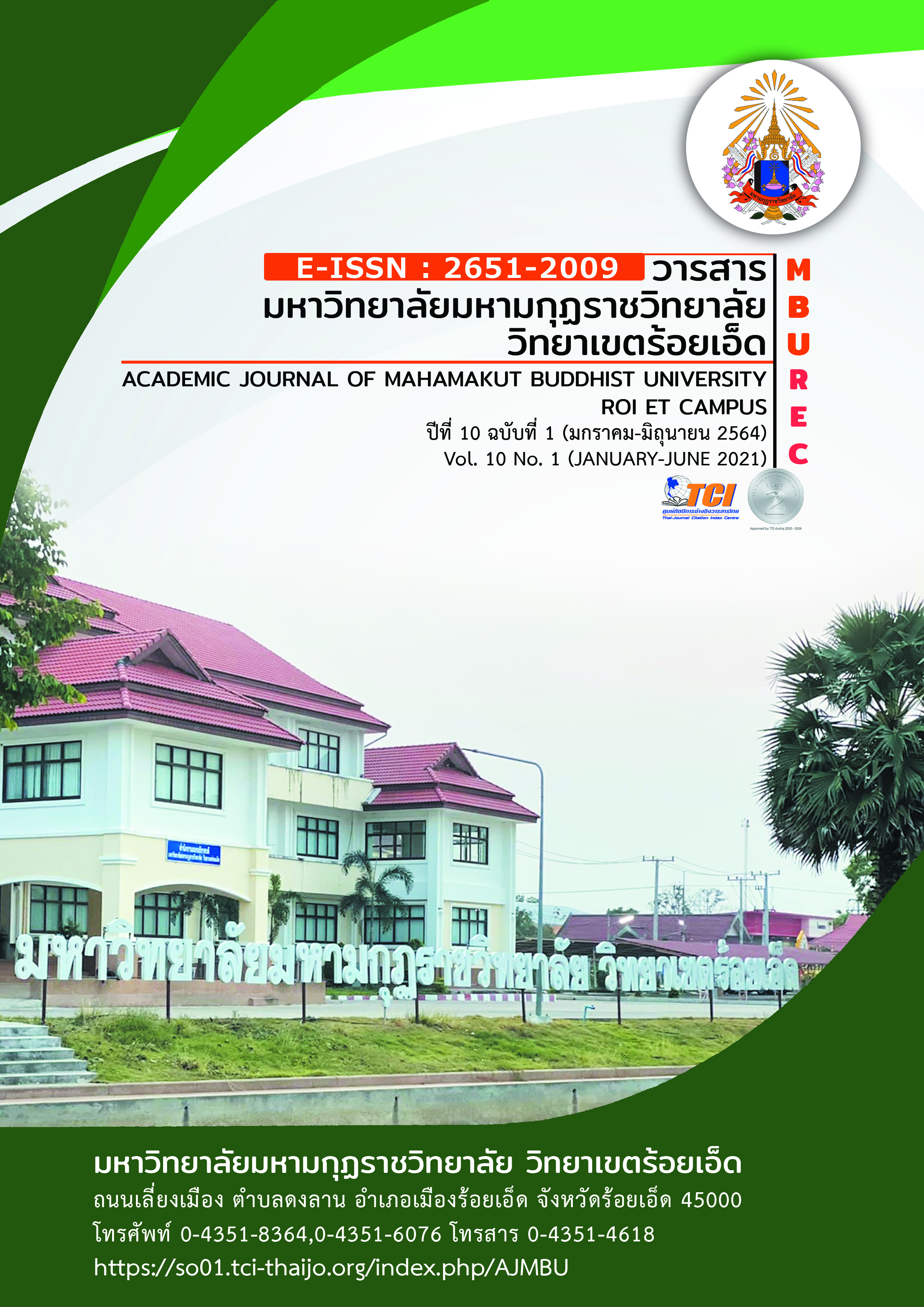The Development of Tourism Components & Marketing Promotion of Secondary City Tourism in Chiang Rai Province
Main Article Content
Abstract
The objective of the research article were to 1) to study tourist behaviors and the needs of Thai tourists visited Chiang Rai province and 2) to study find out the guidelines of tourism components’ development and marketing promotion strategies for Chiang Rai province. This research employed a quantitative method by using questionnaires to collect data from 400 Thai tourists who traveled to Chiang Rai province. The statistics used for data analysis were percentage, mean, standard deviation, t-test and Chi-Square test.
The research findings showed majority of respondents are single female aged between 36-50 years old. They mostly hold the bachelor’s degree or higher education level and run their own business with the average monthly income of 15,001–30,000 baht. Most respondents traveled to Chiang Rai once by their own vehicles together with their family and had the average stay for 2-4 nights. The average spending per trip was between 5,001 to 10,000 baht. The study also revealed that the most significant tourism factors affecting their decisions were tourism types, attractions, and physical evidences. the research result in term of tourism components of Chiang Rai province presented that: 1) Accessibility: travelling to Chiang Rai is convenient. 2) Attractions: require more jointly cooperation to develop tourist attractions. 3) Activities: Chiang Rai is rich and diverse of activities. 4) Accommodations: Chiang Rai has high potential in welcoming different kinds of tourists. 5) Ancillaries: require more efficiency enhancement in products and services development to cover all the attraction areas. 6) Amenities: have to promote more on the development of tourism industry in all aspects. In addition, the research result in term of tourism marketing-mix promotion showed that 1)Product: Chiang Rai is rich of different types of tourist attractions. 2) Price: The standard of car rental rate must be fairly established. 3) Place: product and service providers should increasingly adopt the applications and digital tools in order to support different kinds of transactions. 4) People: The human resources development of tourism and service industry have to be continuously developed by raising consciousness of service-mind to meet the world class standard. 5) Process: the stability and the convenience of digital tools such as mobile application should be operated smoothly and accurately. 6) Physical Evidence: the decadent tourist attractions should be renovated immediately in order to maintain the beauty of the places. 7) Promotion: integrated online and offline marketing is urgently required.
Article Details
References
กรมการท่องเที่ยว การท่องเที่ยวแห่งประเทศไทย. (2558). รายงานภาวะเศรษฐกิจท่องเที่ยว ฉบับที่ 1กรกฎาคม–กันยายน 2558. กรุงเทพมหานคร : สำนักงานปลัดกระทรวงการท่องเที่ยวและกีฬา.
เขมลักษณ์ คุปคีตพันธ์ และปริญญา บรรจงมณี. (2563). แนวทางการพัฒนาองค์ประกอบการท่องเที่ยว เชิงสุขภาพของนักท่องเที่ยว. วารสารบัณฑิตศึกษา มหาวิทยาลัยราชภัฏวไลยอลงกรณ์ ในพระบรมราชูปถัมภ์. 14(1). 1-13.
วิศรุต อินแหยม. (2562). โครงการเมืองรองต้องลอง. สืบค้นเมื่อ 21 มีนาคม 2563. จาก https:// thainews.prd.go.th/th/news/detail/TCATG190509163352624
ศรัณพร ชวนเกริกกุล. (2561). กลยุทธ์การยกระดับการตลาดท่องเที่ยวเชิงวัฒนธรรมเมืองรองจังหวัดสิงห์บุรี. บัณฑิตวิทยาลัย : มหาวิทยาลัยสยาม.
สุดา สุวรรณาภิรมย์. (2560). พฤติกรรมและความพึงพอใจของนักท่องเที่ยวต่อการท่องเที่ยวเกาะช้าง จังหวัดตราด. วารสารปัญญาภิวัฒน์. 9(3). 69-79.


